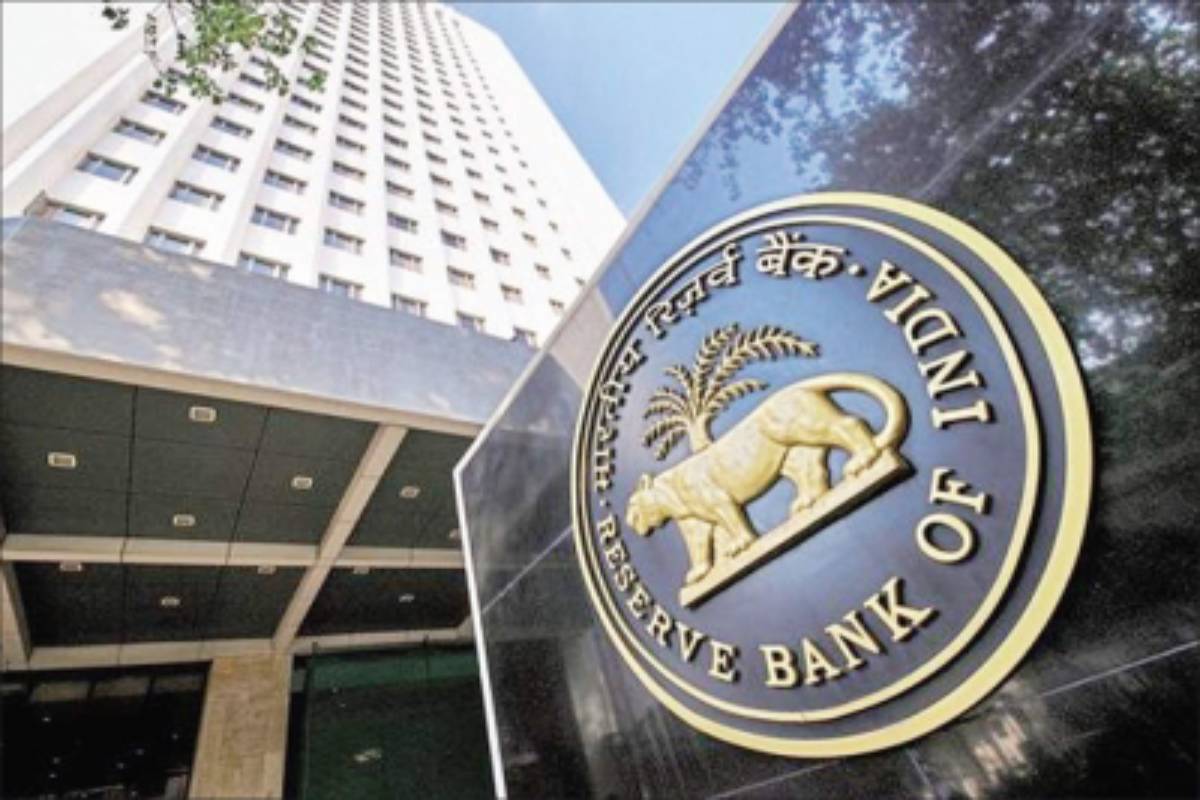The Reserve Bank of India’s (RBI) recent decision to maintain the key interest rate at 6.50 per cent while shifting its policy stance to “neutral” represents a strategic recalibration in its approach to balancing inflation control and economic growth. This shift, after 10 straight meetings of holding rates, signals that rate cuts are likely on the horizon, a move that could have significant implications for India’s economic trajectory in the near term.
For over a year, the RBI has maintained a firm stance against inflation, raising rates by 250 basis points between May 2022 and February 2023 as post-pandemic price pressures surged. While inflation has cooled in recent months, with retail inflation dipping below the central bank’s 4 per cent target, underlying risks remain. Governor Shaktikanta Das’s analogy of keeping the “inflation horse” under control highlights the cautious approach the RBI continues to take. Inflation may be tamed for now, but external risks such as geopolitical tensions and adverse weather conditions could easily reignite price pressures, particularly in food and fuel sectors.
Advertisement
Yet, the RBI’s policy shift comes at a critical time when signs of a slowdown in economic growth are becoming more evident. Recent data shows a dip in manufacturing and services activity, and while India’s GDP growth forecast of 7.2 per cent remains unchanged, concerns about the broader economic outlook are mounting. With global demand weakening and domestic consumption showing signs of strain, the RBI seems to be preparing to pivot towards growth support by signalling potential rate cuts as soon as December. The central bank’s change in stance should be seen as a calculated step. By maintaining a neutral stance, the RBI is leaving room for flexibility in its monetary policy.
It can respond to inflation spikes if necessary but is also positioning itself to ease rates should growth indicators worsen. This delicate balancing act is crucial, as monetary policy needs to be agile in response to both domestic and global developments. The RBI has lagged its global counterparts in cutting rates, particularly when compared to central banks in developed economies. The US Federal Reserve and others have already started easing their policies to stimulate growth, while the RBI has been more cautious, waiting for clearer signs of inflation stability before making its move. However, the scale and pace of any upcoming rate cuts may be limited. With inflation risks still looming, the RBI is unlikely to embark on aggressive easing.
Instead, it is expected to take a measured approach, with incremental cuts that signal support for growth without abandoning its inflation-fighting credibility. This could mean rate cuts starting with 25 basis points in December and potentially totalling 50 basis points by March 2025, as some analysts predict. While the road ahead remains uncertain, the central bank’s cautious optimism provides a stable framework for navigating the complex economic landscape in the coming months.











